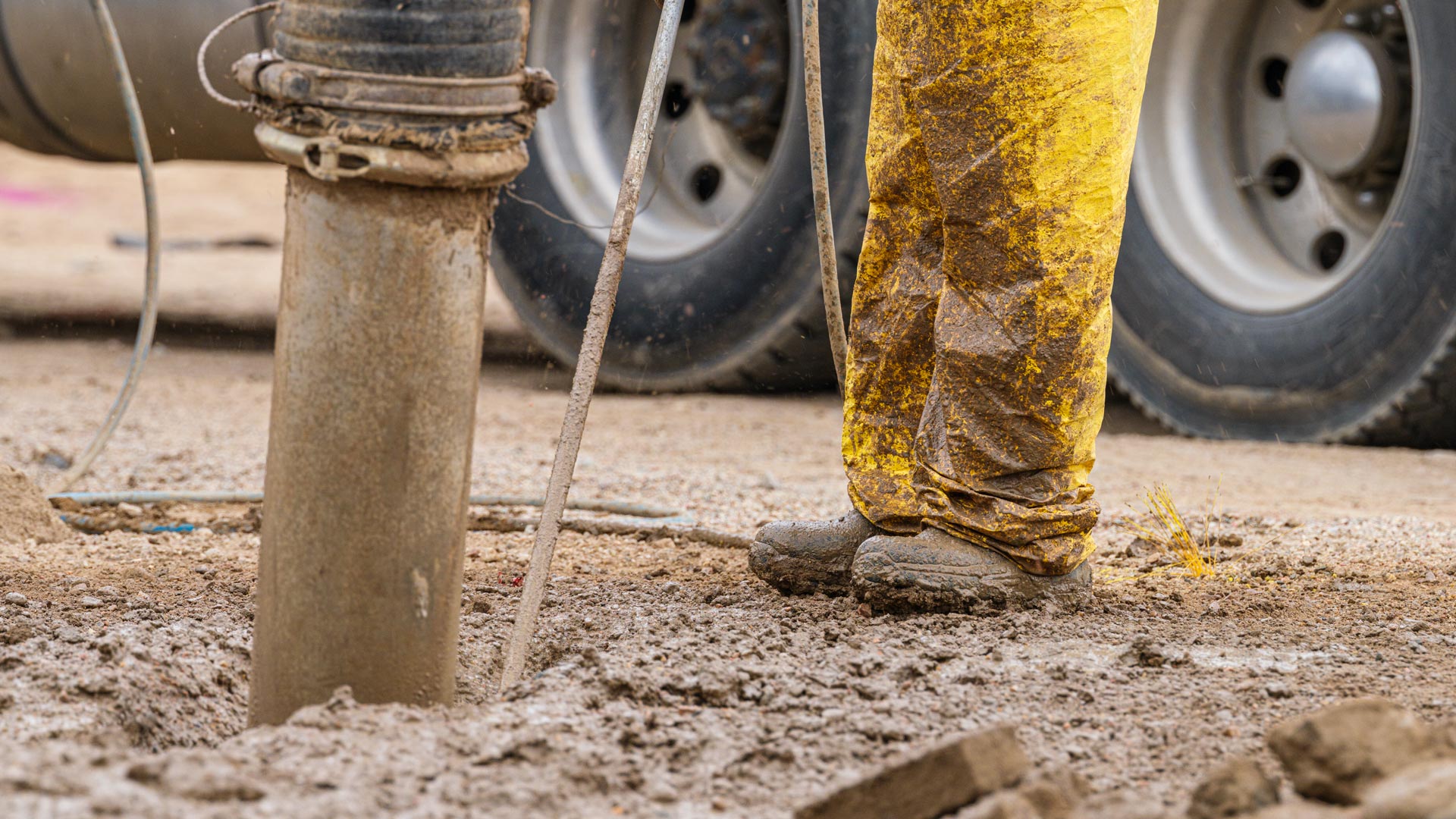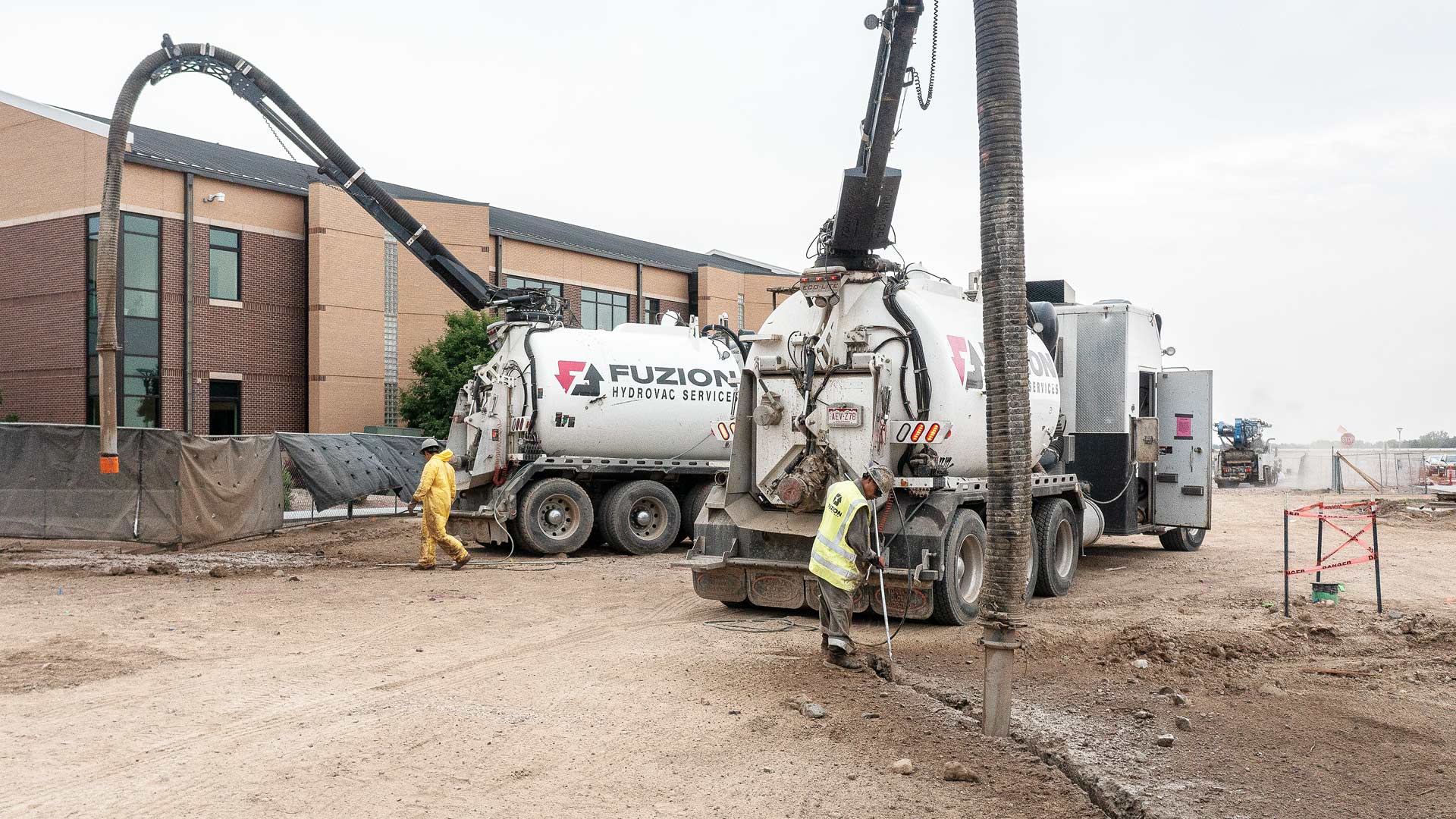What Is Hydro Jetting And When Do You Need It?
- Blog
Clogged drains can disrupt your entire operation if left unresolved. When backups start affecting performance across multiple areas of a facility, it’s time to take action. This article explains how the process works and when it’s the right solution for your plumbing system.
Key Advantages of Hydro Jetting
Hydro jetting is one of the most effective techniques for restoring full flow in pipes that have become clogged with grease, mineral deposits, and hardened debris. It uses targeted, high-pressure water streams to scour the inside of plumbing systems, removing buildup in a way that traditional tools can’t. For commercial properties experiencing persistent blockages or reduced performance, this method offers a clean, chemical-free solution that’s both fast and reliable.
- Unlike mechanical snakes that drill through a blockage and leave residue behind, this method cleans the full interior of the pipe using water force.
- The process involves inserting a specialized hose with precision nozzles into the plumbing system.
- These nozzles emit water at variable angles and intensities—backward-facing jets help the hose move forward, while forward-facing streams break up hardened material.
The water pressure scrubs away debris as it advances, making the method ideal for addressing deep clogs or widespread pipe narrowing caused by years of internal residue.
What Happens Before and During the Jetting Process
Before the procedure begins, technicians inspect the system using advanced camera technology. Push-cams or robotic CCTV devices are fed into the line to check for fractures, corrosion, or other risks. This helps ensure the plumbing is structurally sound and guides the team in selecting the correct nozzle type, pressure level, and approach.
How Nozzle Types Impact Jetting Efficiency
Nozzle selection plays a major role in the outcome. Grease-filled kitchen lines may require spinning nozzles that clean evenly along the pipe wall, while lines with root intrusion or sediment buildup need penetrating nozzles with forward force. Pressure settings are carefully selected to match both the type of debris and the pipe material, helping ensure powerful cleaning without risking structural damage.
- For example, older or smaller-diameter lines may require lower PSI ranges to avoid wear, while commercial kitchen drains or stormwater systems often demand higher pressures to break down grease and sediment effectively.
- Adjustable pressure settings further refine the cleaning process, allowing professionals to tailor the force based on pipe diameter and material.
This flexibility makes high-pressure jetting suitable for a range of applications—from cleaning storm drains to clearing grease traps in busy restaurant kitchens. By adjusting both the hardware and the water flow to match pipe conditions, technicians can provide a thorough clean with minimal risk to the infrastructure.
Recognizing When Jetting Is Necessary

Property managers often recognize the need for intervention when symptoms stack up: slow drains, unpleasant odors, and backups that happen in multiple fixtures at once. These signs usually mean the problem isn’t a single clog—it’s a widespread restriction inside the plumbing. This is where the method truly stands out. Rather than punching a temporary hole through debris, it removes the material that disrupts flow altogether.
The process is compatible with most commercial piping materials and offers a long-term solution without the risks associated with corrosive chemicals or mechanical abrasion. It also cuts down on recurring maintenance issues and helps prevent unexpected disruptions.
Additional Benefits of Hydro Jetting
Cleaning the full pipe circumference has additional benefits. Internal corrosion often begins with residue buildup, especially when fats, oils, or chemicals settle against the pipe walls. By flushing that material out, hydro jetting not only restores capacity but also extends pipe longevity.
Improving Sanitation and Preventing Odors
Bacterial biofilm, which causes odors and sanitary concerns, is also removed in the process—making the system cleaner and safer overall. And when used before trenchless repairs like pipe lining, this method ensures the interior surface is ready for bonding, which helps the liner last longer and perform as expected. A pipe that’s properly cleaned is more than just efficient—it’s primed for long-term reliability.
Environmental Compliance Considerations
In environments with strict wastewater discharge standards, jetting has become the preferred method because it doesn’t introduce new chemicals into the system. From food processing plants to healthcare facilities, many organizations require maintenance strategies that align with safety and environmental compliance. Water-based pipe cleaning meets these standards while offering the power needed to handle serious buildup, making it an ideal solution for heavily regulated industries.
How It Compares to Other Methods
If you’re wondering how this method compares to other services, the distinction from hydro excavation is key. Hydro excavation is designed to displace soil around underground utilities, while hydro jetting focuses exclusively on cleaning the interior of pipe systems.
Fuzion Field Services provides an in-depth breakdown of these differences in their guide on hydro excavation and jetting. Their resource on the benefits of commercial drain cleaning also outlines how routine service can improve safety, extend system life, and prevent major disruptions across industrial sites.
When Jetting and Excavation Work Together
In many field applications, hydro excavation is used to expose underground utilities or structures, followed by targeted pipe cleaning to clear nearby lines before or after access. This combination allows Fuzion Field Services to deliver safer, cleaner, and more efficient infrastructure solutions without disturbing surrounding systems. Together, these services support both physical access and internal maintenance in a single project scope.
Long-Term System Reliability Through Jetting

Routine jetting can prevent the kinds of buildup that eventually choke system performance. Drain snaking and chemical treatments may offer short-term relief, but they rarely remove the full cause of the problem. High-pressure drain cleaning, on the other hand, delivers a complete reset to the internal pipe surface.
That gives facilities a more dependable system with fewer unexpected issues. Used reactively after a backup or scheduled as preventive maintenance, this method keeps systems clean, flowing, and stable.
brings the tools, knowledge, and field experience needed to help organizations adopt this approach with confidence.
Fuzion Field Services and Hydro Jetting Solutions
Fuzion Field Services offers expert hydro jetting solutions tailored to commercial and industrial needs. Their team works closely with clients to ensure systems stay clean, compliant, and operating at peak performance. Contact us today for more information.